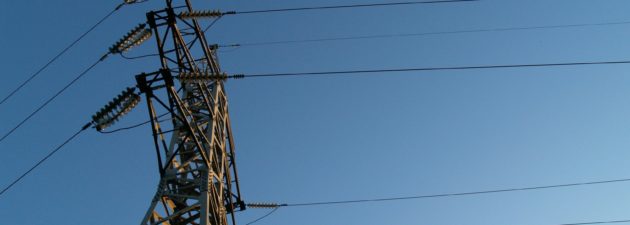We have been hearing for 20 years that the electrical infrastructure in the United States is obsolete, (with an average age of 40 years), and the long-awaited wave of investment is still to come. Europe is the same, with an ageing infrastructure (also 40 years old on average, according to a European Union report). Against this backdrop, we believe that infrastructure offers an investment opportunity.
The electricity network
Over the last 2 decades, the development of renewable energies has been at the heart of the energy transition and a priority on the political agenda. With regulatory support, renewable energy production capacity has grown enormously, and now accounts for almost 40% of Europe’s energy mix. To meet the targets set out in the Fit for 55 plan (i.e. a 55% reduction in CO2 emissions by 2030 compared with 1990), we will need to add 70 GW of renewables and over 300 GW of grid connections!
The problem is that the electricity transmission and distribution network was not designed to handle such a large quantity of renewable energy, and intermittent energy at that. The accelerating electrification of our economies will accentuate this phenomenon. Renewable energy capacity is set to rise from 400 GW to over 1,000 GW by 2030, including 300 GW of offshore wind power. We are going to have to invest in these networks in order to:
- Respond to the development of renewable energies;
- Meet the need for electrification of mobility and heating; and
- Develop interconnection between Member States.
According to European Commission estimates, this implies an investment initiative of almost EUR 600 billion over the decade, in both transmission and distribution.
The gas network
While COP28 concluded on a gradual phase-out of fossil fuels by 2050, demand for natural gas has remained stable over the last 5 years and is expected to remain high for at least a decade. Furthermore, we now know that the decarbonisation of certain industries will not be achieved through electrification, which is too costly (it is the case for energy-intensive industries such as steel and cement). The solution? Capture and storage of C02 and deployment of green hydrogen. Here again, the gas distribution network was not designed to integrate such a large quantity of green hydrogen. It will therefore have to be modernised and interconnections created between countries. An investment plan estimated by the EU at over EUR 300 billion.
Business model for network operators
Their remuneration is regulated and determined in most cases in relation to their cost of capital for a given period. It is also a function of asset size, known as the Regulated Asset Basis (RAB). The RAB has not increased over the last 10 years (due to a lack of investment), but for the reasons mentioned above, we believe it will increase significantly. This business model therefore offers very high visibility of revenues and cash flows over a fixed period.
Stock market opportunity?
Historically, share price performance of network operators on the stock market has been inversely correlated with the level of interest rates. This correlation is linked both to their capital intensity and to the way they are remunerated. As mentioned above, their remuneration is most of the time fixed for a given period and defined as a spread over their cost of capital. When interest rates rise, this return can be temporarily reduced. The sector was therefore penalised during 2023 and could benefit from a future cycle of falling rates.
Players to follow
SNAM, 1er operator of the Italian gas network, 31% owned by CDP (Italian state-owned development bank). Italy has already positioned itself as an entry point for gas into Europe, with routes from Algeria, Libya and Azerbaijan. SNAM should benefit from the investment needed to modernise its routes, increase its capacity to absorb the huge quantity of LNG from 2025 (compensating for the shortfall from Ukraine) and, in the longer term, distribute green hydrogen. On this last point, 70% of its network has already been „adapted“. We expect its RAB to grow by 8-10% over the decade.
ELIA, the Belgian and German network operator, 45% of which is owned by the Belgian state, is a pure player in electricity networks, with 100% of its revenues regulated and an installed base that is set to double over the next few years. Given the capex required, we envisage a capital increase in the medium term.

